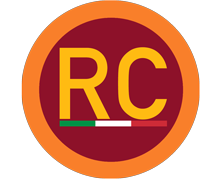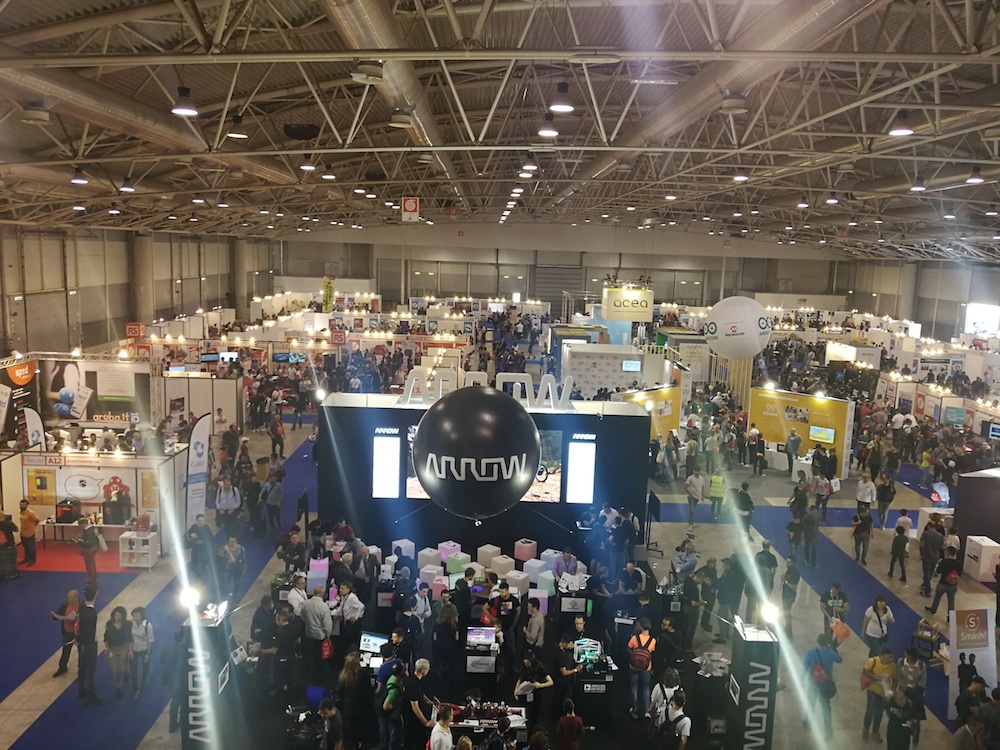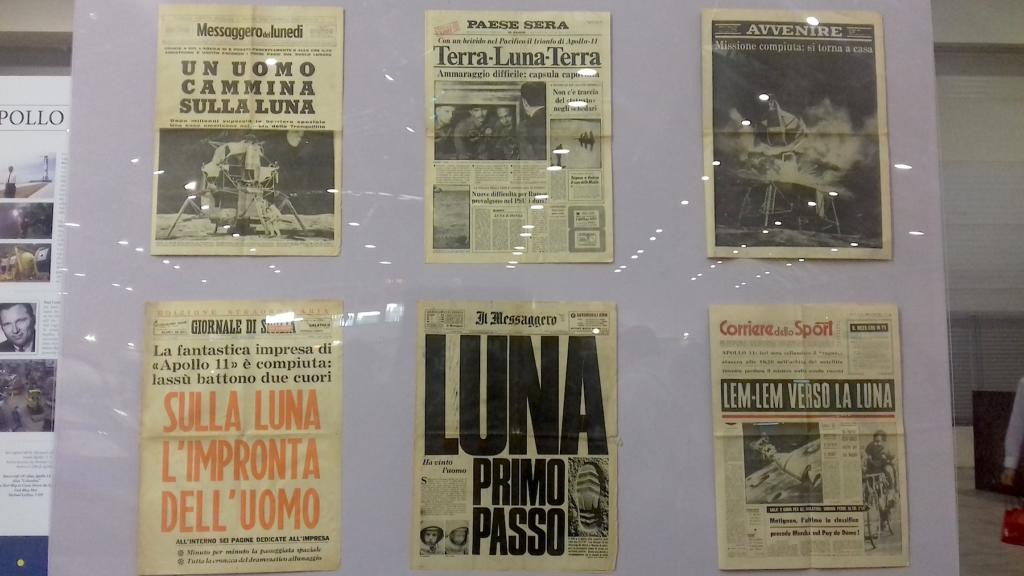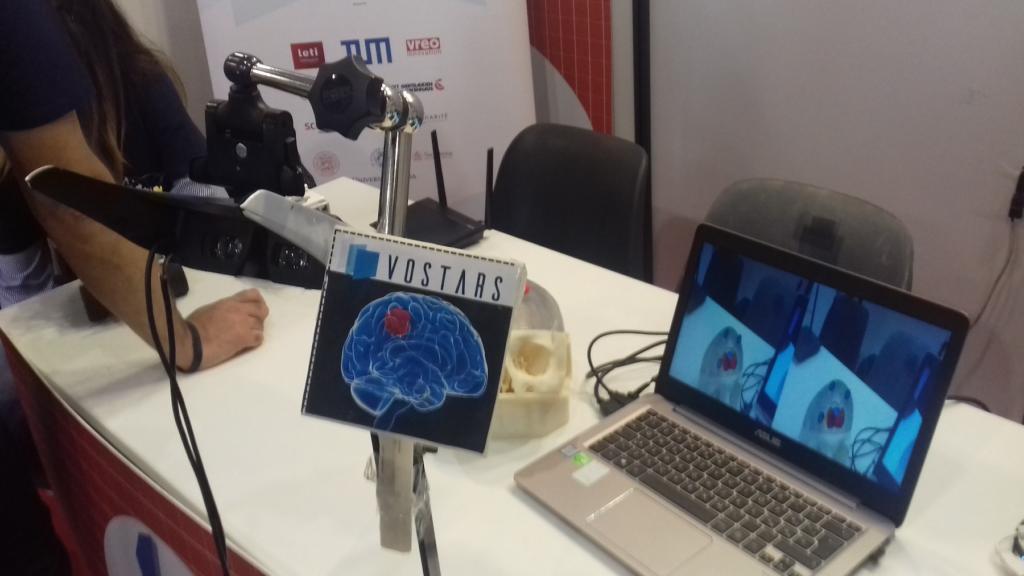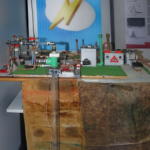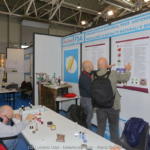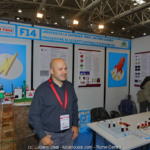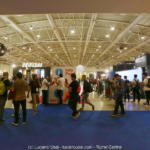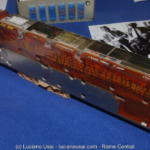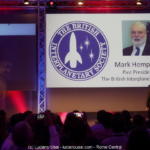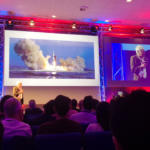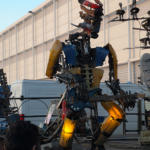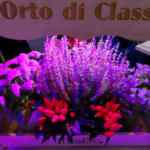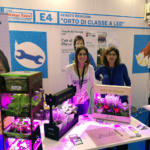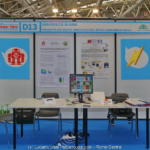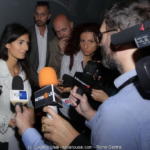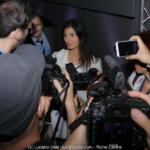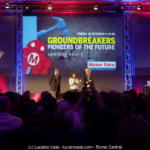Maker Faire synonymous with Innovation, Inventions and Creativity has become the annual event in the itanian capital to host new technological innovations and present ourselves in which direction the future is moving.
Technology is at the center of everything and is developed within different thematic areas. Among the novelties present in the Rome Maker Faire – European Edition 2018
– promoted and organized by the Chamber of Commerce of Rome in collaboration with the Lazio Region – circular economy, robotic innovations, artificial intelligence and space. These are the main focuses of the sixth edition # MFR18 which saw the participation of 25 universities and research centers and 55 high schools from all regions of Italy, other countries.
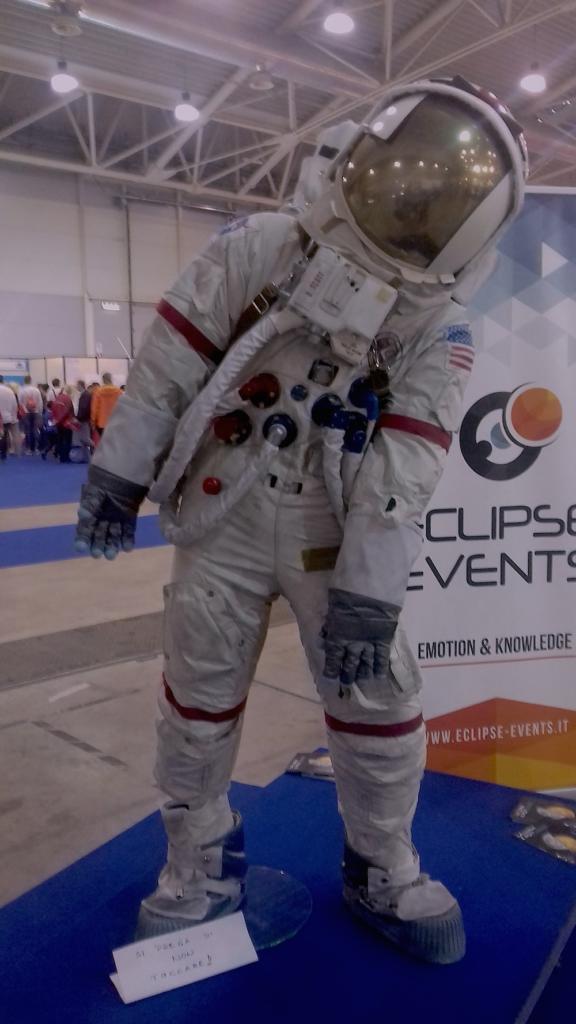 MAKER FOR SPACE is the area of MFR-2018 dedicated to Space and designed by MFR in collaboration with the Italian Section of the British Interplanetary Society and the School of Aerospace Engineering at the Sapienza University of Rome. The history of the conquest of space, the different innovations, space flight simulators and other original historical artifacts, such as the legendary Apollo Guidance Computer and a 1:10 scale Saturn V rocket in addition to the inventiveness and ingenuity of the first Makers for Space italian
MAKER FOR SPACE is the area of MFR-2018 dedicated to Space and designed by MFR in collaboration with the Italian Section of the British Interplanetary Society and the School of Aerospace Engineering at the Sapienza University of Rome. The history of the conquest of space, the different innovations, space flight simulators and other original historical artifacts, such as the legendary Apollo Guidance Computer and a 1:10 scale Saturn V rocket in addition to the inventiveness and ingenuity of the first Makers for Space italian
Don Eyles, programmer and engineer at MIT, who created as a true Maker part of the software of all the Apollo missions landed on the Moon, working on the newly invented Apollo Guidance Computer. Eyles together with Mark Hempsell were among the speakers at the Opening Event “Groundbreakers: Pioneers of the Future” on Friday 12 October 2018.
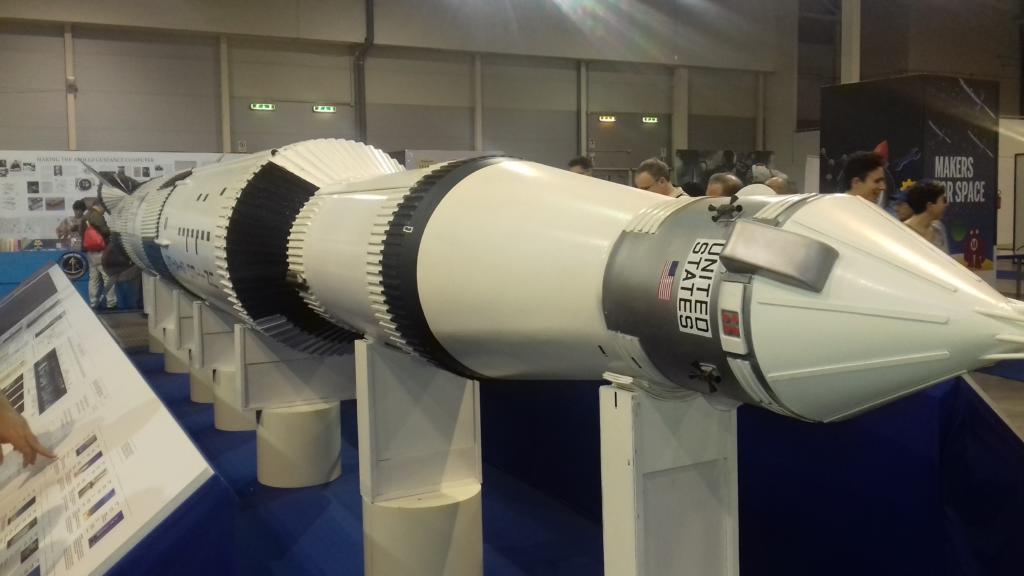 The inventiveness and ingenuity at the service of man’s health and well-being, but also of the environment in which he lives, safeguarding and eco-sustainability with projects and research focused on the circular economy. In fact, ecosustainability, recycling and circular economy are one of the main leitmotifs of this edition, because it is essential to move towards the future without focusing on new practices and projects guided by these new principles. According to the definition of the Ellen MacArthur Foundation Circular economy is
The inventiveness and ingenuity at the service of man’s health and well-being, but also of the environment in which he lives, safeguarding and eco-sustainability with projects and research focused on the circular economy. In fact, ecosustainability, recycling and circular economy are one of the main leitmotifs of this edition, because it is essential to move towards the future without focusing on new practices and projects guided by these new principles. According to the definition of the Ellen MacArthur Foundation Circular economy is
a generic term to define an economy designed to regenerate itself. In a circular economy the flows of materials are of two types: the biological ones, able to be reintegrated in the biosphere, and the technical ones, destined to be revalorized without entering the biosphere
The circular economy is therefore a planned economic system to reuse materials in subsequent production cycles, reducing waste as much as possible: at what point is our country-Italy in this light? Data from the CENSIS-AGI REPORT Circular Economy
“Un valore da comunicare”
THE MAKER FAIRE IS GREEN
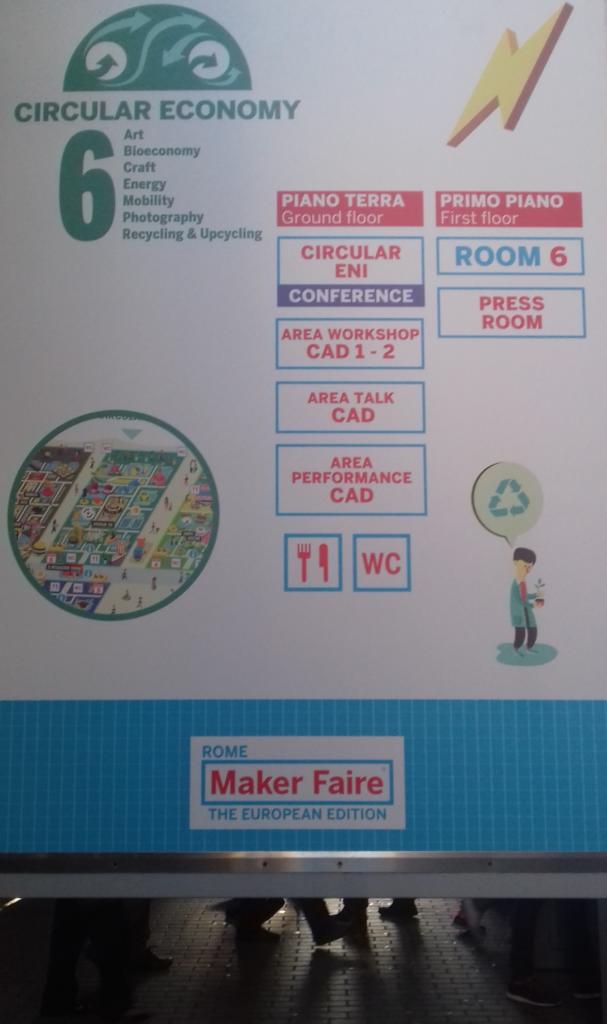 From waste to resources, this is the principle on which today research, training and various projects of recovery of natural substances, antioxidants and biopolymers are based, to improve the environmental impact and pollution of industrial processes, and at the same time to recover and give a ‘second life’ in food, nutraceutical, cosmetic and energy to some waste products.
From waste to resources, this is the principle on which today research, training and various projects of recovery of natural substances, antioxidants and biopolymers are based, to improve the environmental impact and pollution of industrial processes, and at the same time to recover and give a ‘second life’ in food, nutraceutical, cosmetic and energy to some waste products.
Some of the projects and perspectives present at this edition of the Maker Faire that meet scientific research, training and applications in various sectors.
FOOD OF THE FUTURE
From the Future Food Institute to the talk with Joseph Puglisi – professor at the Department of Structural Biology at Stanford University, just awarded the City of Food Master Award at the Bologna Award 2018, and member of the Beyond Meat advisory committee on the topic of plant proteins and of the food of the future – from the laboratories to the various stands with innovations in the hi-tech field, the different proposals and new ways of approaching food through new technologies.
Food and technology: meet targeted training
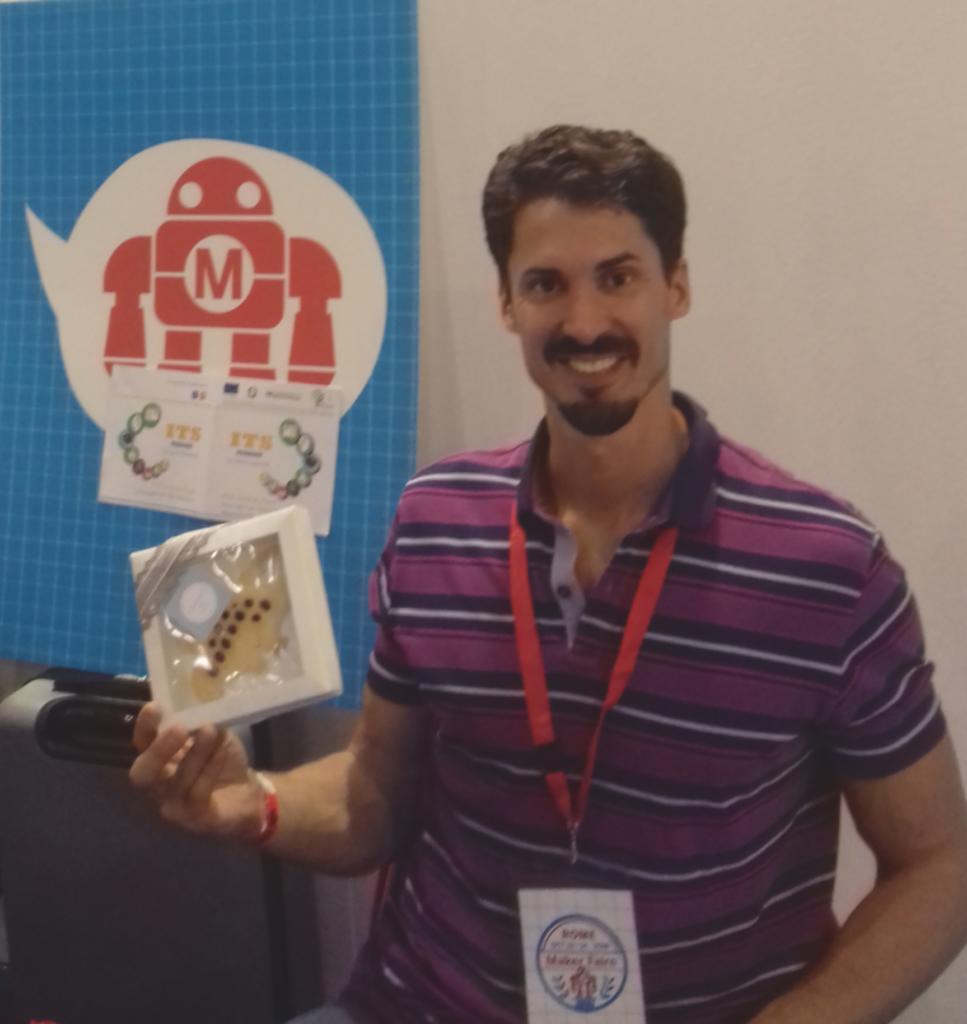
THE VALORISATION OF THE WASTE
Bio-products: raw materials and the wealth of a territory
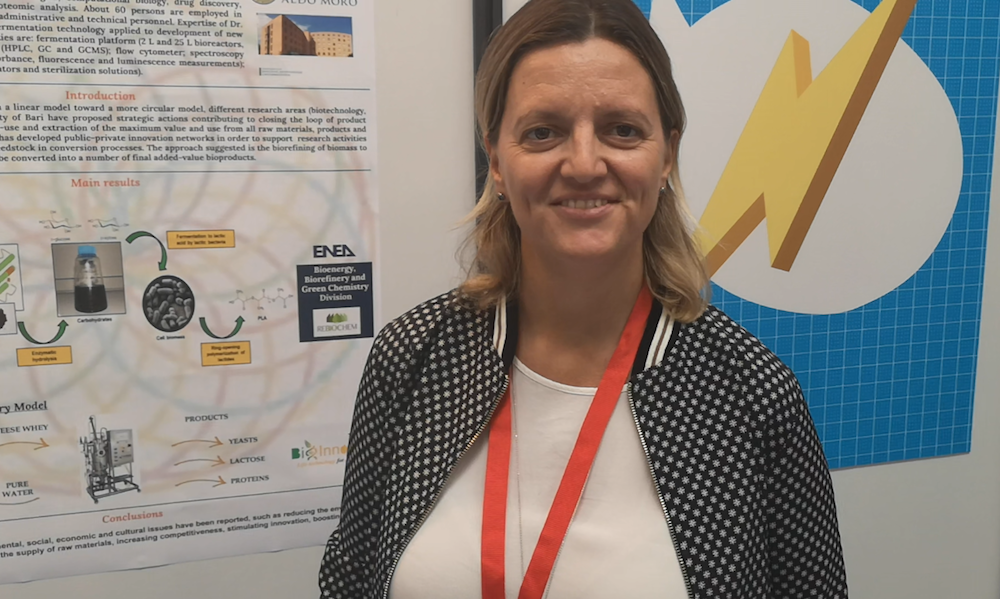
Natural antioxidants: elixirs from different sources
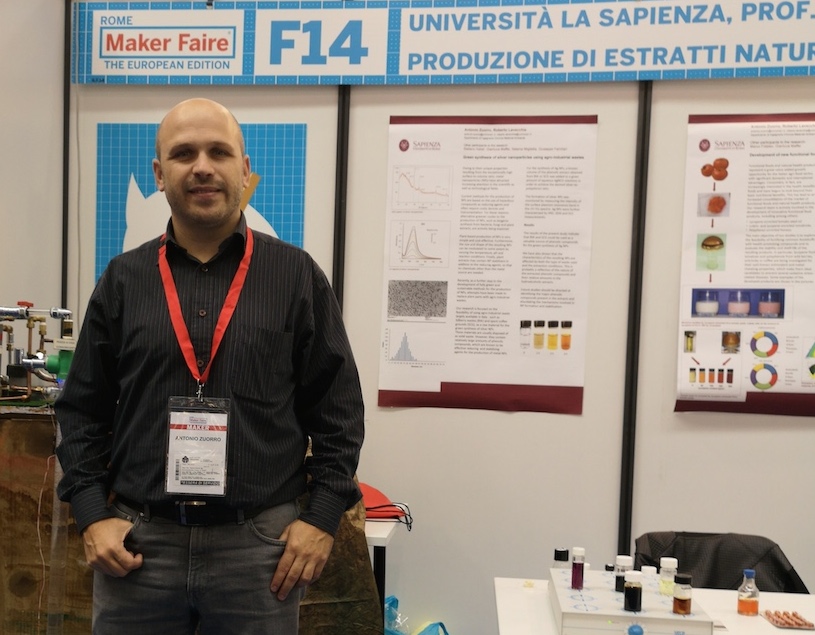
Hydrogen … which could come from waste
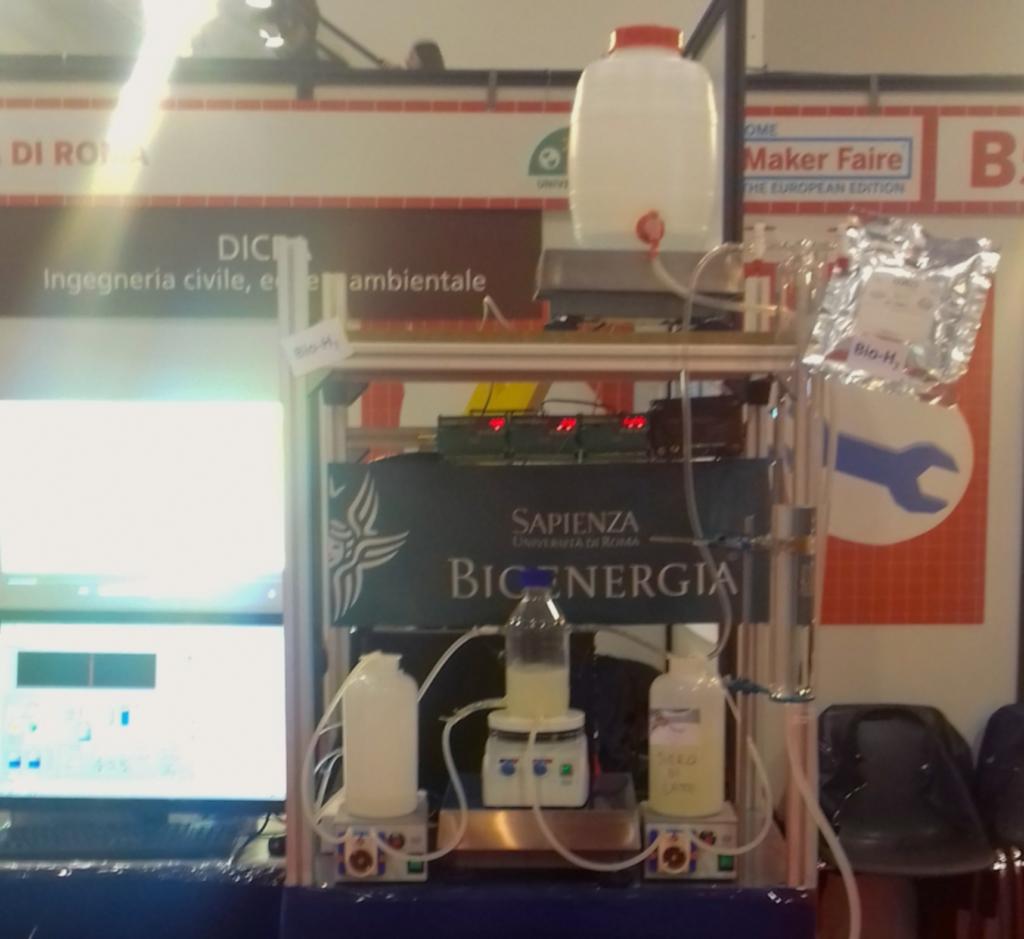
THE MAKERS’ INNOVATION
ROBOTICS, INCREASED REALITY AND ARTIFICIAL INTELLIGENCE SUPPORTING HEALTH
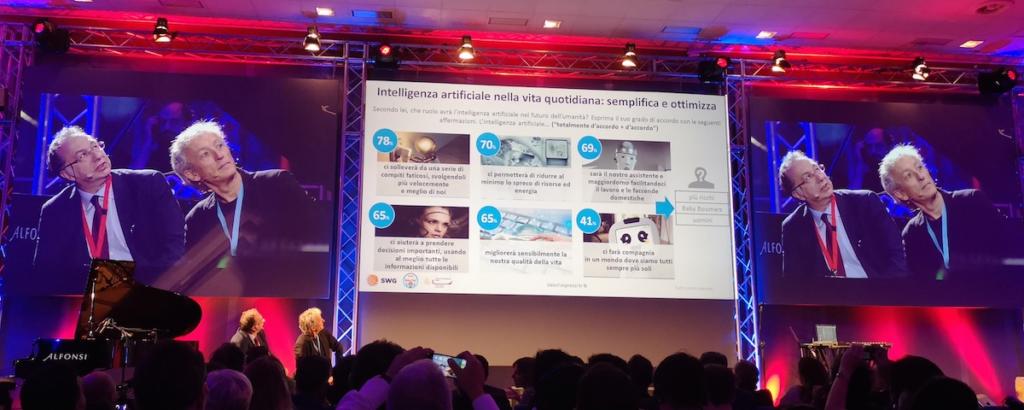 What does Artificial Intelligence mean today?
What does Artificial Intelligence mean today?
What are the useful uses for our daily life that the science and ingenuity of the Makers put in the field?
At the fair some projects developed in the field by scientific research and education for human health and well-being.
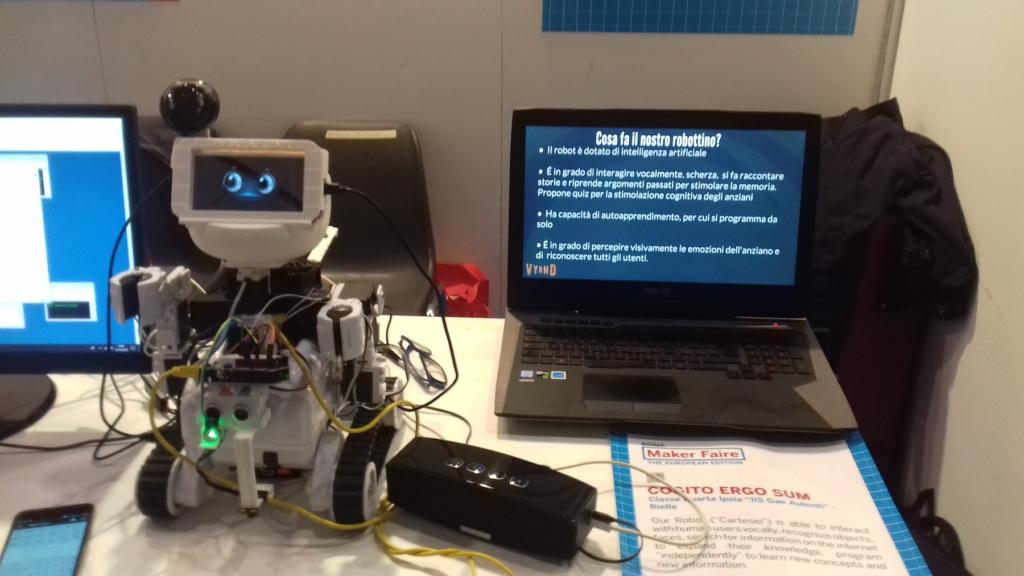 Robotics, automation and augmented reality, enter the operating room at the service of medicine
Robotics, automation and augmented reality, enter the operating room at the service of medicine
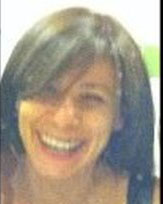
Parole, lingua e linguaggio, arte e le nuove tecnologie sono quel filo rosso con il quale mi diverto a tessere le mie giornate. Innovazione e sviluppo di nuovi orizzonti gli spunti che mi fa piacere incontrare. Giornalista, editor, copy writer e content media. Dopo la laurea in Filosofia del Linguaggio e della Mente a Napoli, mi trasferisco a Roma dove mi specializzo in comunicazione per il web e i nuovi media e per diversi anni sono caporedattore del mensile “Next Exit, creatività e lavoro” approfondendo temi di economia della cultura. Ho curato la pubblicazione di diversi progetti editoriali, tra cui Young Blood, annuario dei giovani artisti italiani, e RomaCreativa, per fare una mappatura dei creativi italiani nel mondo e nella capitale.
